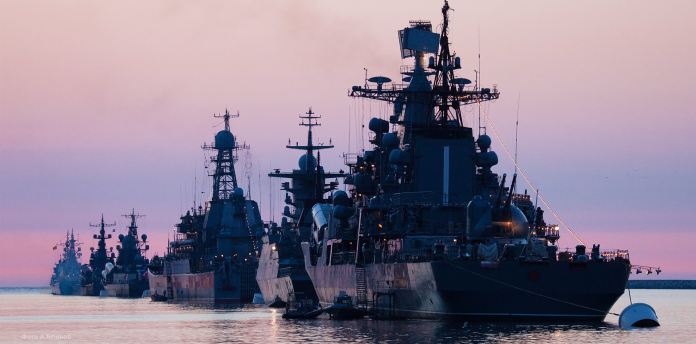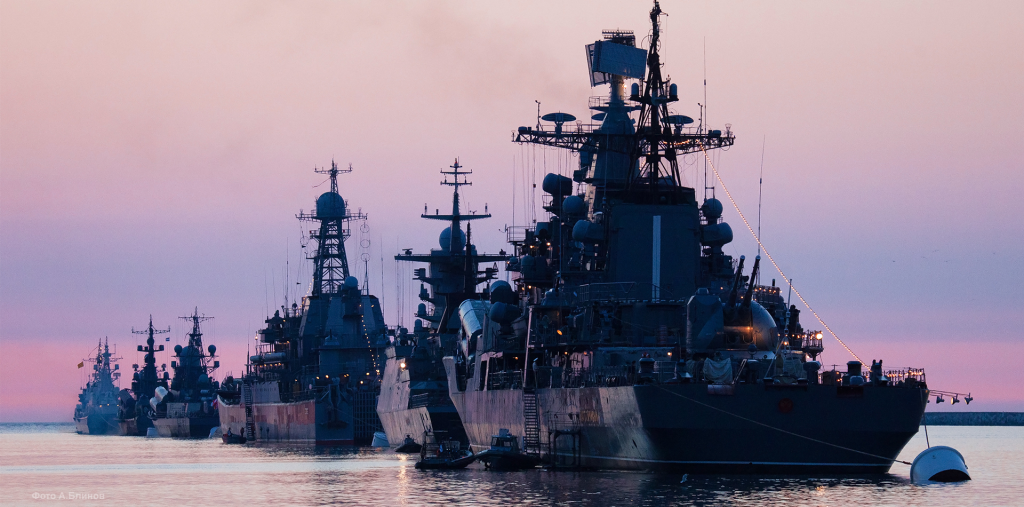
It does not often occur that a $60 million warship is headlining in a battlefield epic especially when headline status is achieved in the form of smoke, fire, and a one-way journey to the dry dock. But that is precisely what occurred off Novorossiysk when Ukrainian military intelligence struck one of Russia’s only MPSV07-class multifunctional ships. The action was more than a tactical triumph it was a telling photograph of how modern naval warfare is evolving in the Black Sea.
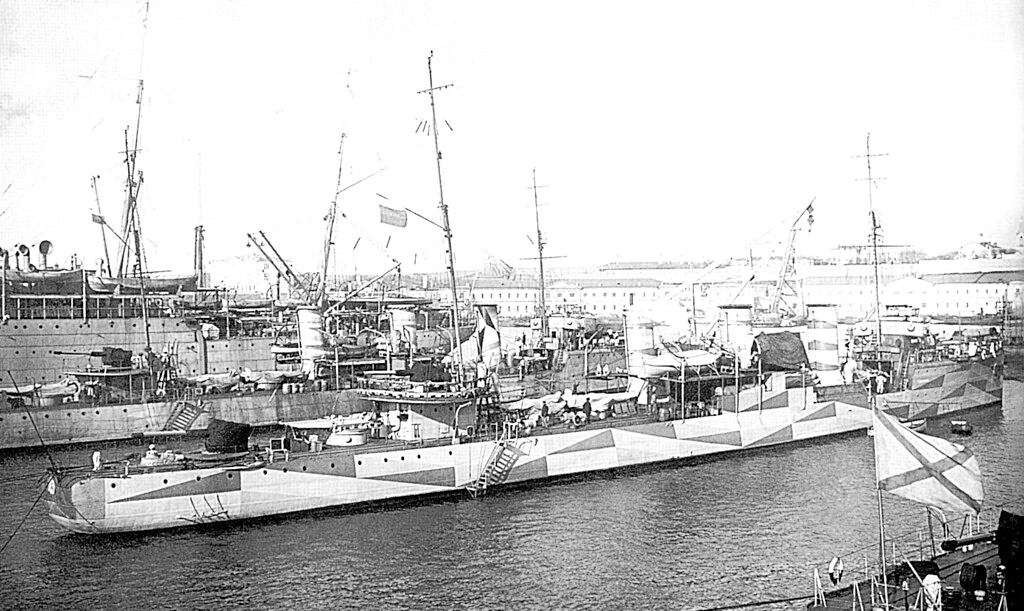
For nearly three years, Ukraine has defied expectations at sea, taking apart most of the Russian Black Sea Fleet without the aid of its own conventional navy. This latest attack is just one facet of a larger campaign of innovation, improvisation, and attrition that has left Russia in a defensive crouch. From drone swarms to precision strikes, the Black Sea has been a proving ground for technologies and techniques that will shape battles far beyond Eastern Europe’s frontiers. Seven important lessons from the September 10 attack and overall maritime war that give it perspective follow.
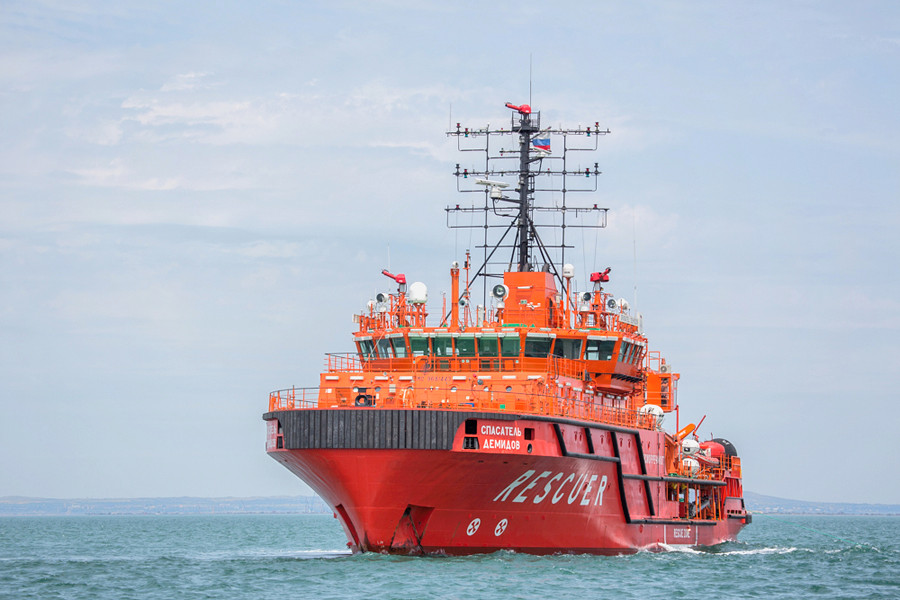
1. A Rare and Costly Target
The September 10-hit MPSV07-class vessel was not a typical patrol boat. Commissioned in 2015 at an estimated price of approximately $60 million, the vessel carried diving complexes, remotely operated vehicles, side-scan sonar, and advanced electronic warfare capabilities. The Ukrainian intelligence reported that the drone had attacked the bridge of the ship, burning out its electronic intelligence suite and taking it out of commission. With only four or five such ships in the Russian fleet, each loss or prolonged repair means a critical operational shortfall.
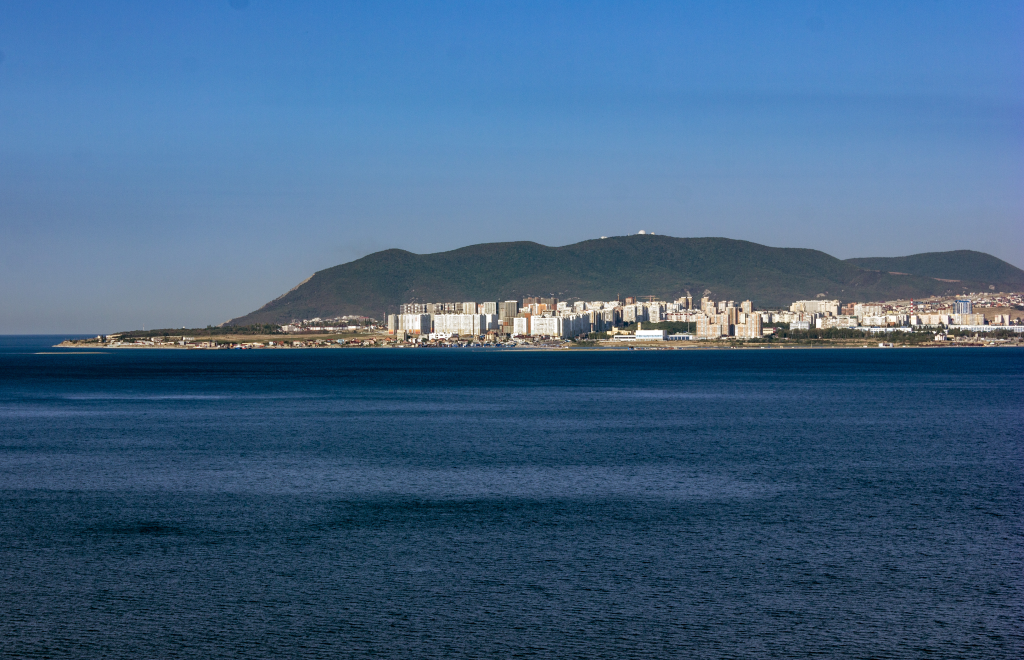
2. Strategic Position: Novorossiysk Bay
The warship was patrolling the approaches to Novorossiysk Bay, now a safe haven for what is left of the Russian Black Sea Fleet. With Ukrainian onslaughts making Sevastopol increasingly impracticable, Novorossiysk has become the hub of Russia’s naval operations. To strike at a ship in this location is a demonstration of Kyiv’s ability to project power far into areas Moscow has considered safe, undercutting the psychological and strategic value of its fallback positions.
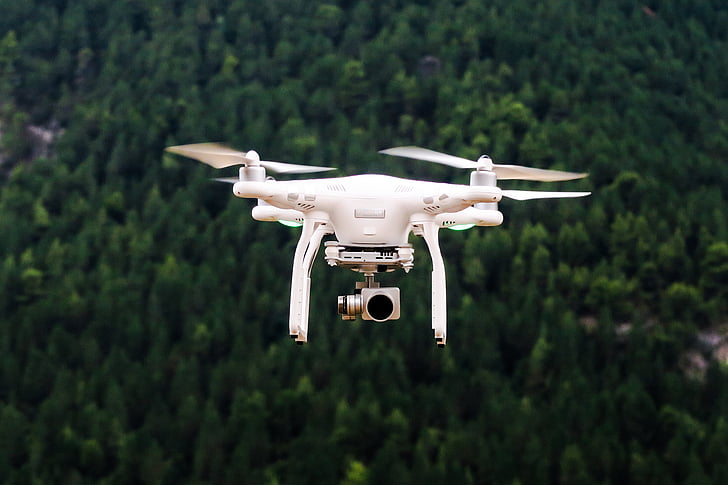
3. Drones as Precision Strike Tools
The drone was launched employing a locally produced aerial drone, as part of a greater Ukrainian shift towards unmanned platforms for naval warfare. Drones are distinct from high-speed missiles in that they are able to be targeted with precision into compartments of a ship, such as propulsion or command centers. This compares to strategies employed in previous operations where Ukrainian naval drones, such as the Magura V7, have been utilized in order to disable ships prior to delivering a killing strike.

4. The Wider Black Sea Campaign
Since 2022, Ukraine has knocked out or destroyed around a third of the Russian Black Sea Fleet. This includes high-profile targets like the Moskva cruiser and Caesar Kunikov landing ship. As Britain’s Defense Ministry estimated during the spring of 2024, the fleet was now “functionally inactive.” The collective effect was to reopen sea export routes, blunt the blockade strategy of Russia, and demonstrate that sea denial is possible even for a nation that has no conventional navy.
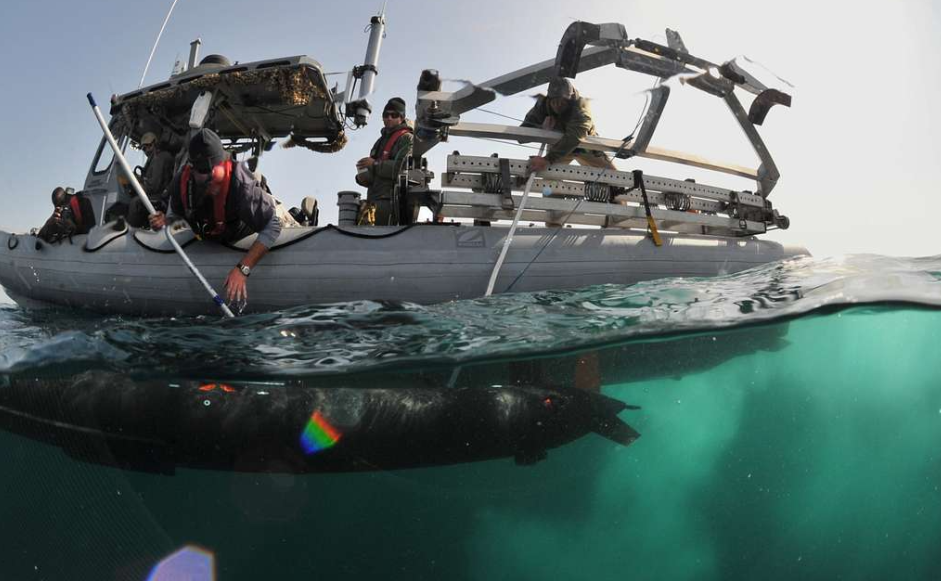
5. Innovation Under Fire
U.S. Naval Forces Europe/Africa Rear Adm. Michael Mattis called the war the “Black Sea Laboratory” and said Kyiv’s employment of unmanned underwater and aerial vehicles, and longer-range missiles, has “changed the game.” Ukrainian forces have rapidly evolved to counter Russian efforts to defeat them, arming USVs with air-to-air missiles to shoot down helicopters and deploying explosive-laden FPV drones from the ocean. This constant innovation has continued to stress Russian defenses.
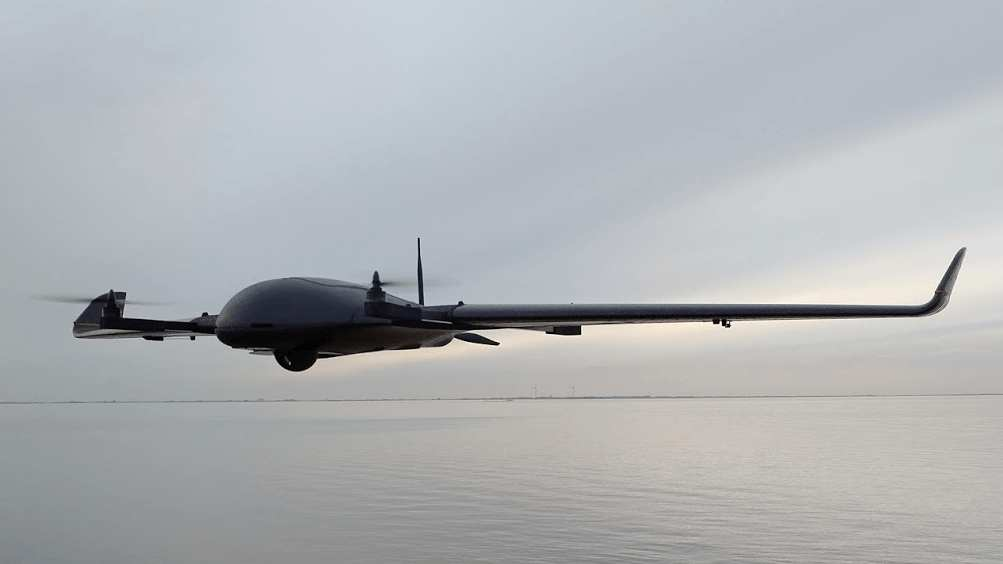
6. Russian Weaknesses and Retaliation
The attack points to continued Russian vulnerabilities in protecting assets of value. Moscow struck back with multi-level defenses rotary-wing surveillance, jamming electronic warfare, and heightened UAV surveillance. But, as noted by observers, these have made it a hundredfold harder for Ukrainian drones to reach targets since the start of 2024, but not beyond them. The Novorossiysk attack shows that well-planned and well-coordinated actions can still penetrate.
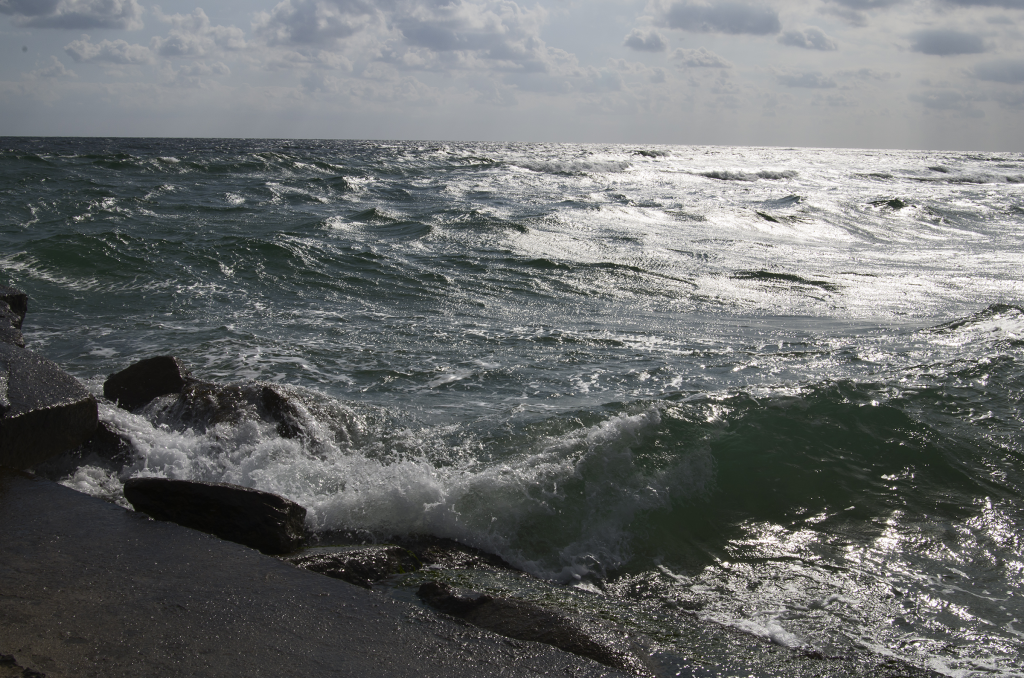
7. Implications Beyond the Black Sea
While the Black Sea’s closed waters are a trump card for Ukraine in sea denial, experts caution against expecting direct transfer to open ocean battlefields like the Philippine Sea. However, in limited theaters the Baltic, Taiwan Strait, or Sulu Sea the same combination of unmanned platforms, coast missiles, and mines can replicate Ukraine’s success. As Mattis wrote, “a nation with no navy” has managed to repel “one of the world’s premier navies,” an experience with global application.
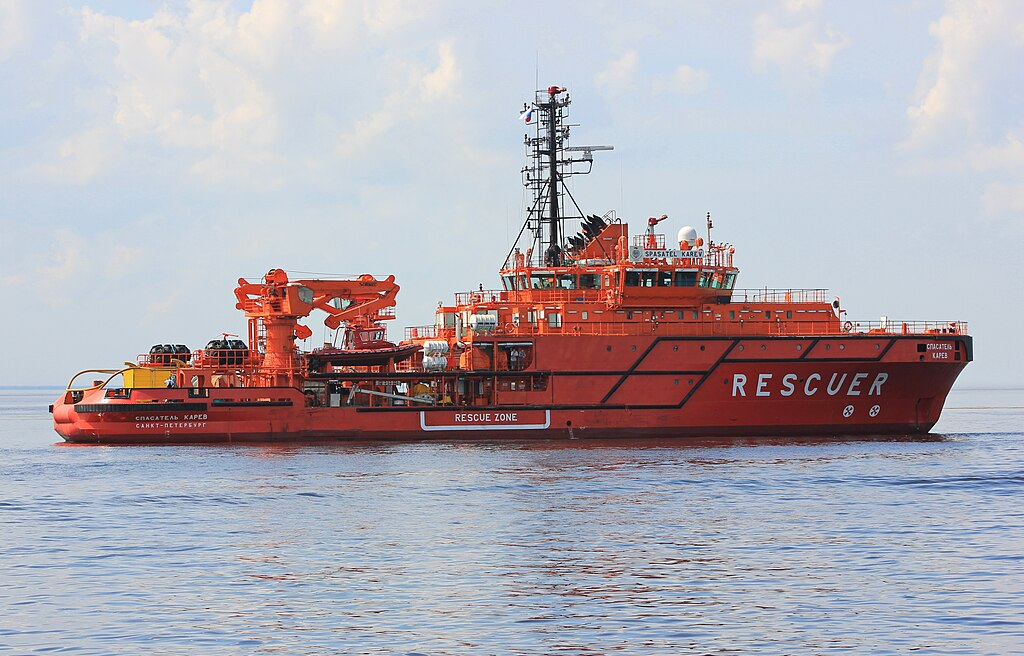
The Sept. 10 strike on the MPSV07-class ship was more than one momentary tactical victory; it was an ongoing campaign that has redefined naval war in the 21st century. By pairing precision drone attacks with strategic targeting and relentless innovation, Ukraine has turned the Black Sea into an experimental ground for cutting-edge maritime warfare. The lessons regarding flexibility, integration, and exploiting an opponent’s vulnerabilities will sound across this war and beyond.
